June 29th, 2021
6minute read
SFC Wayne Michelson sat still as death.
He was point man for a six-man special forces patrol counting traffic along the Ho Chi Minh Trail.
His fellow SF operator and four Montagnards were the only friendlies for 75 klicks.
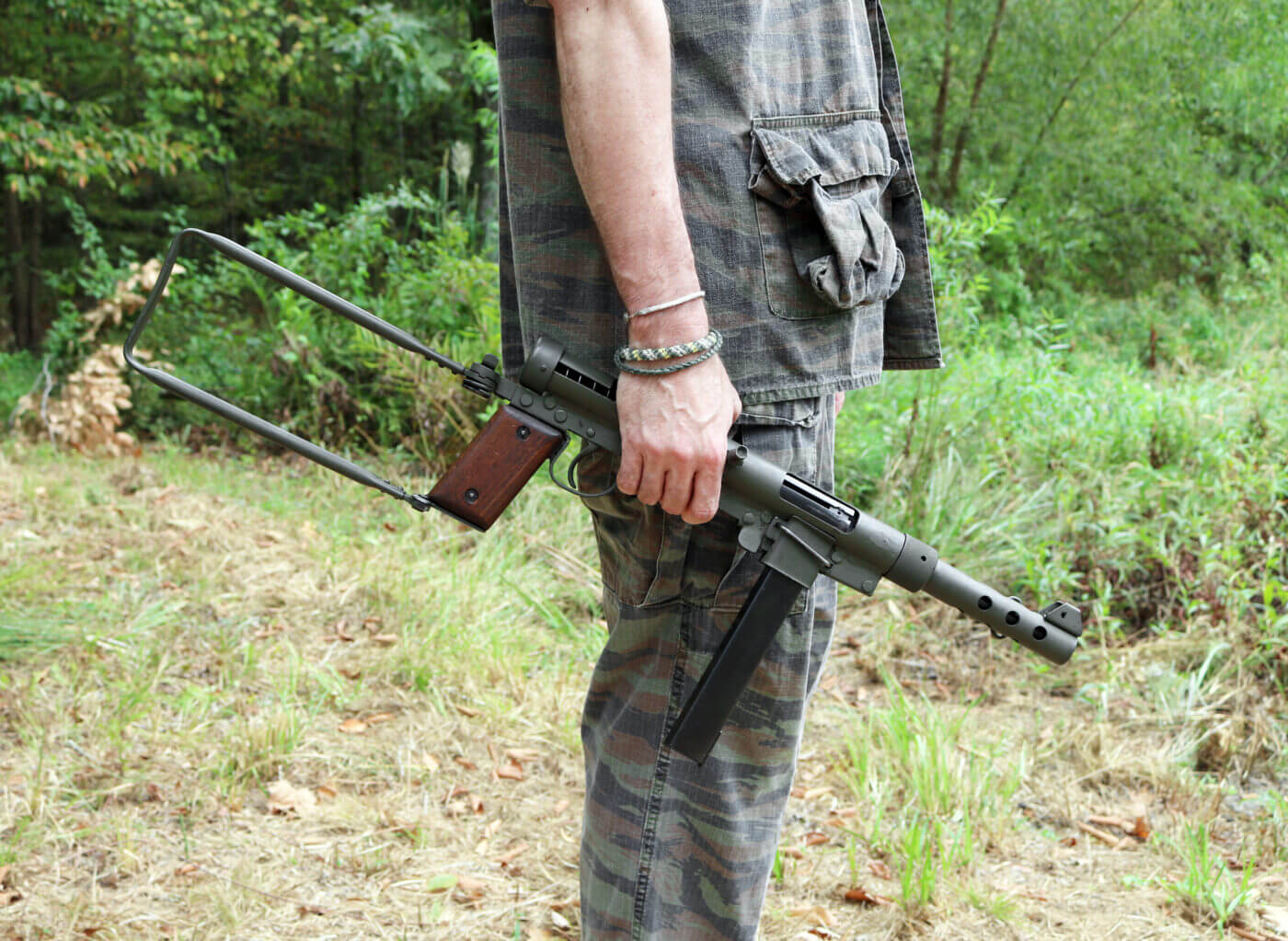
The Swedish K was a popular weapon among Special Forces in Vietnam.
This was their third day downrange, and they had thus far been lucky.
However, it seemed that was about to change.
He heard the NVA before he saw them.
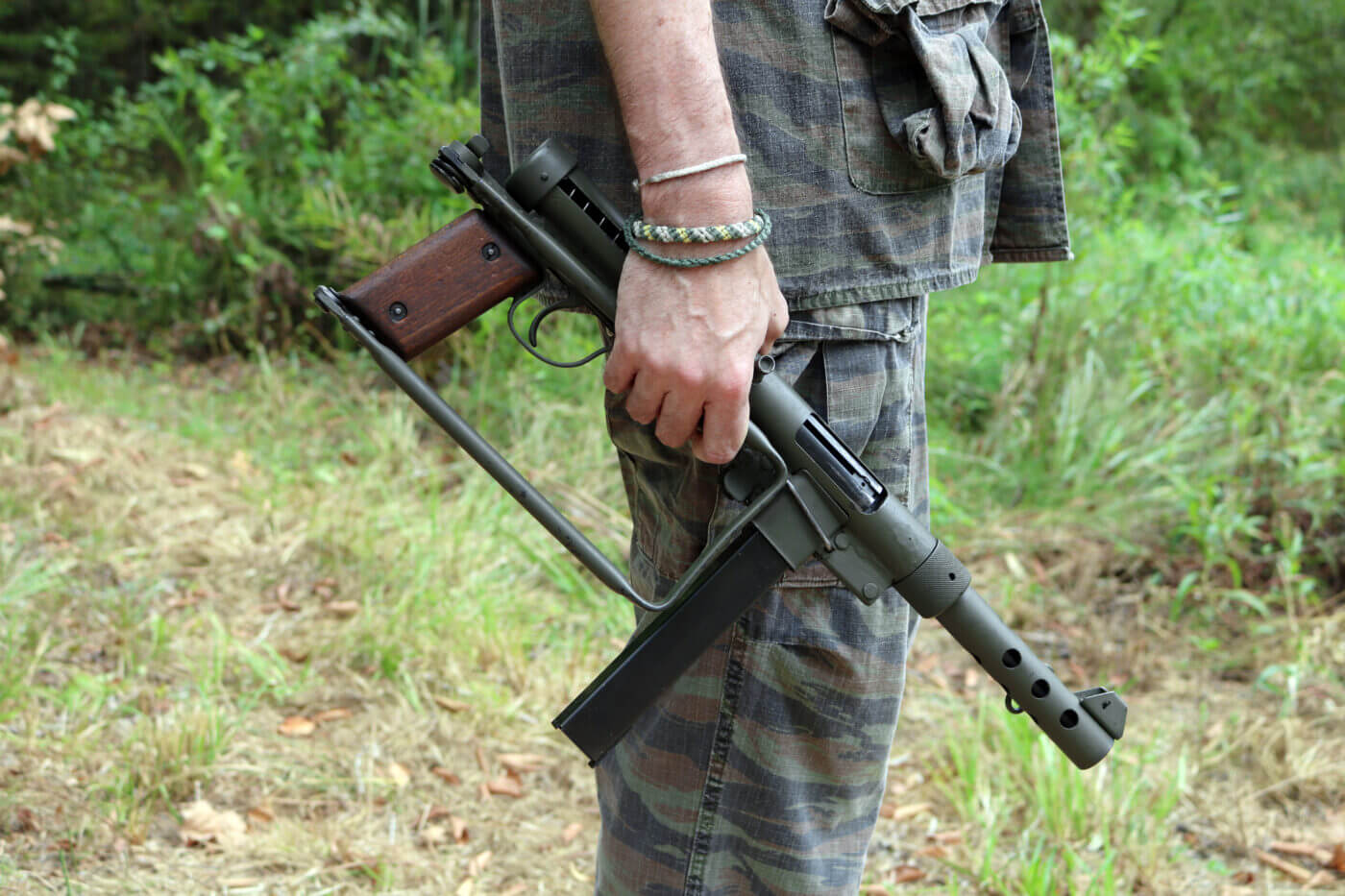
When the stock was folded, as shown here, the Swedish K SMG became a very compact firearm.
Now they were close enough to smell.
This was their world, and they had no suspicion that there could be Americans this deep into Laos.
Michelson wanted desperately for the patrol to move on past.
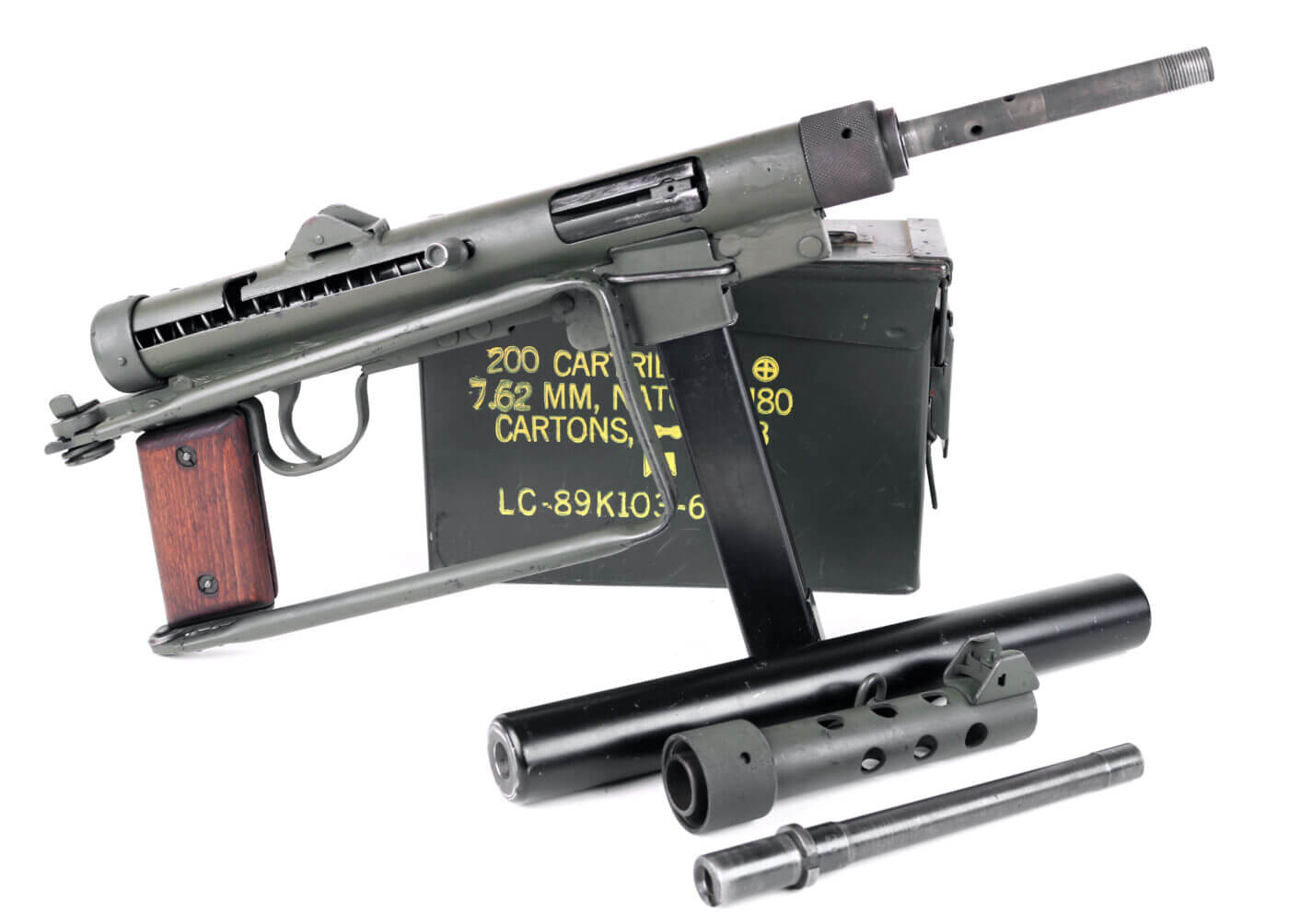
This is an aftermarket suppressor the author has that is mechanically similar to the originals.
However, the last man in their column stopped to answer the call of nature.
Now he stood urinating into the brush not ten feet from where SFC Michelson crouched.
The moon shone brightly enough to cut through the dank Asian jungle.
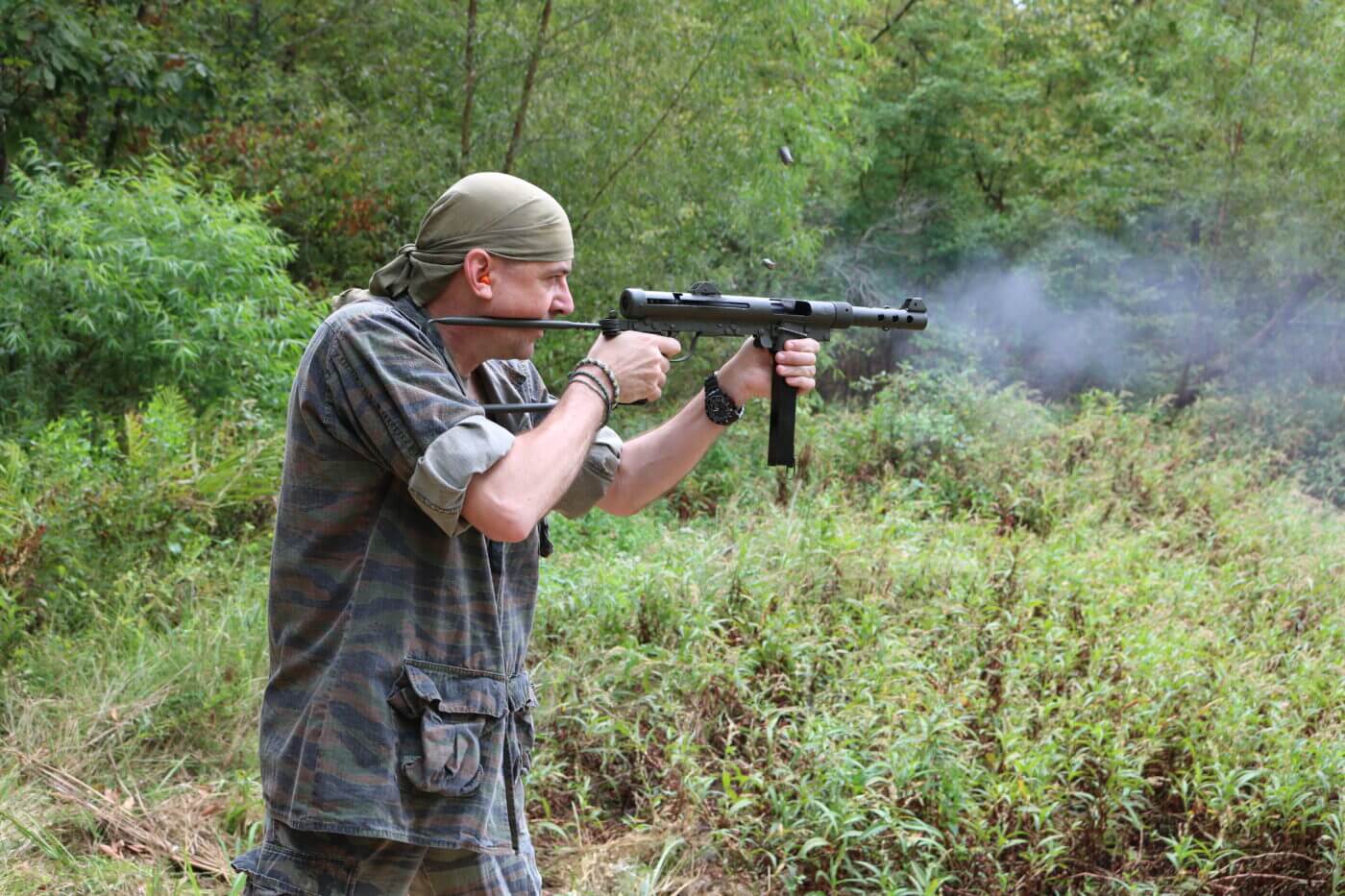
The Swedish K was stable and effective in action. The cyclic rate was moderate, allowing for excellent control.
For a pregnant moment all Michelson saw was confusion.
The unconcerned banter of the rest of the NVA patrol was diminishing around the corner.
The NVA trooper then opened his mouth to shout.
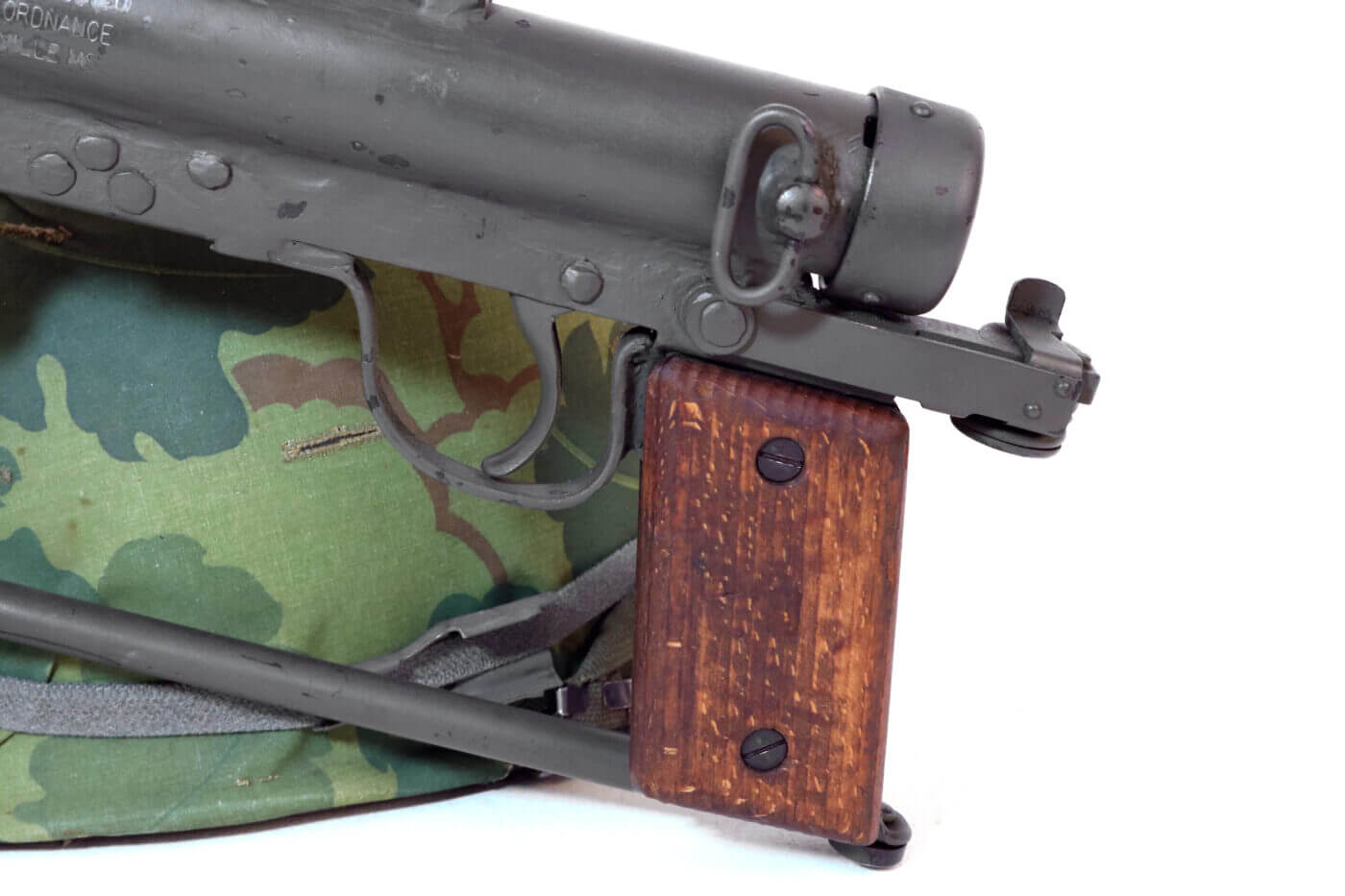
The grip on the Carl Gustav m/45 was unusually wide. It served large hands best, though shooters of all statures could shoot the gun.
Michelson raised his sound-suppressed Swedish K submachine gun and snapped out a quick four-shot burst.
Michelson accounted for his men and struck out at a run for their primary PZ.
His American comrade was already on his PRC-25 radio.
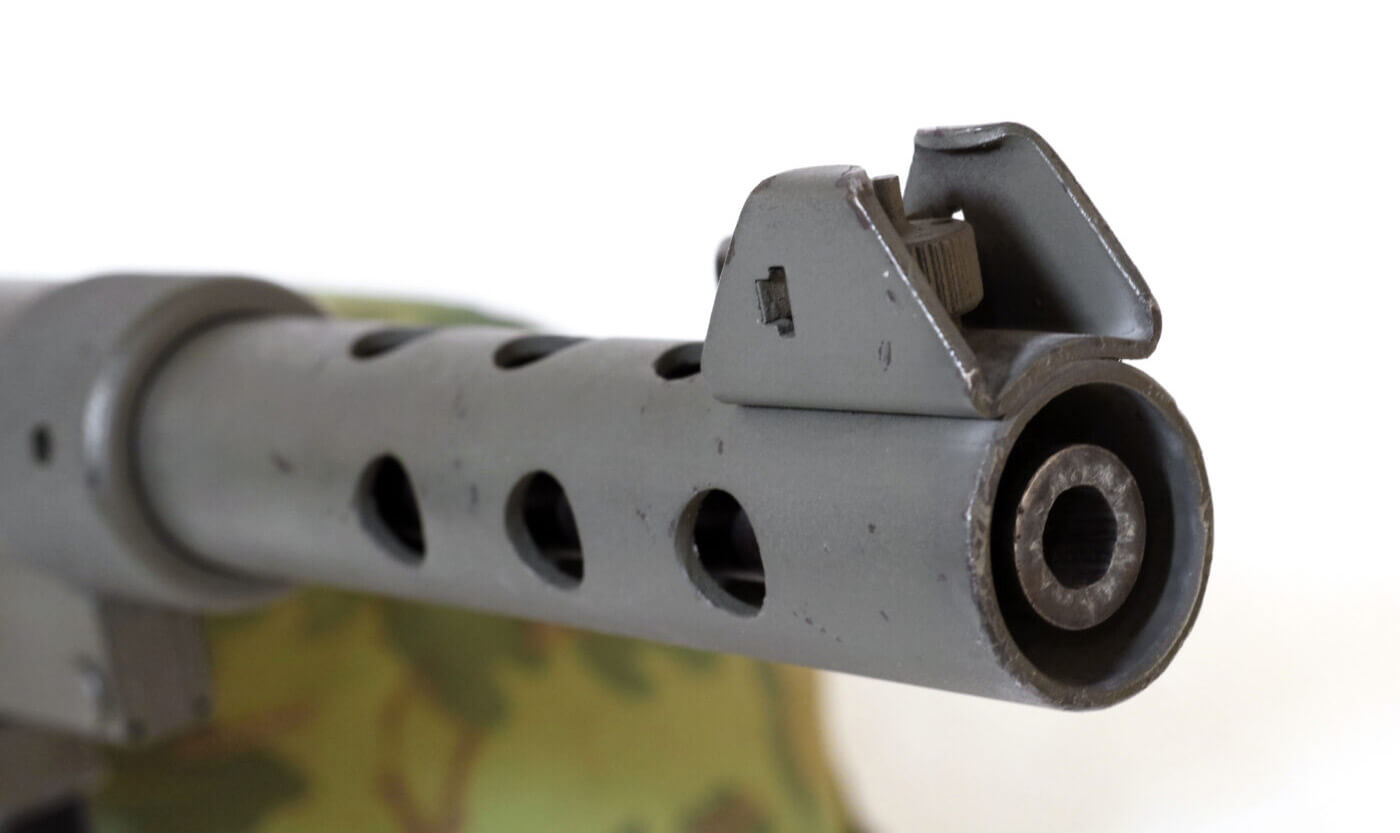
The design and construction of the Carl Gustav m/45 muzzle was very simple — yet the gun proved to be extremely effective.
TheHueyslick would meet them at the prearranged pick-up zone at first light.
That was two hours.
Lord willing it would take the NVA longer than that to figure out what happened and track them down.
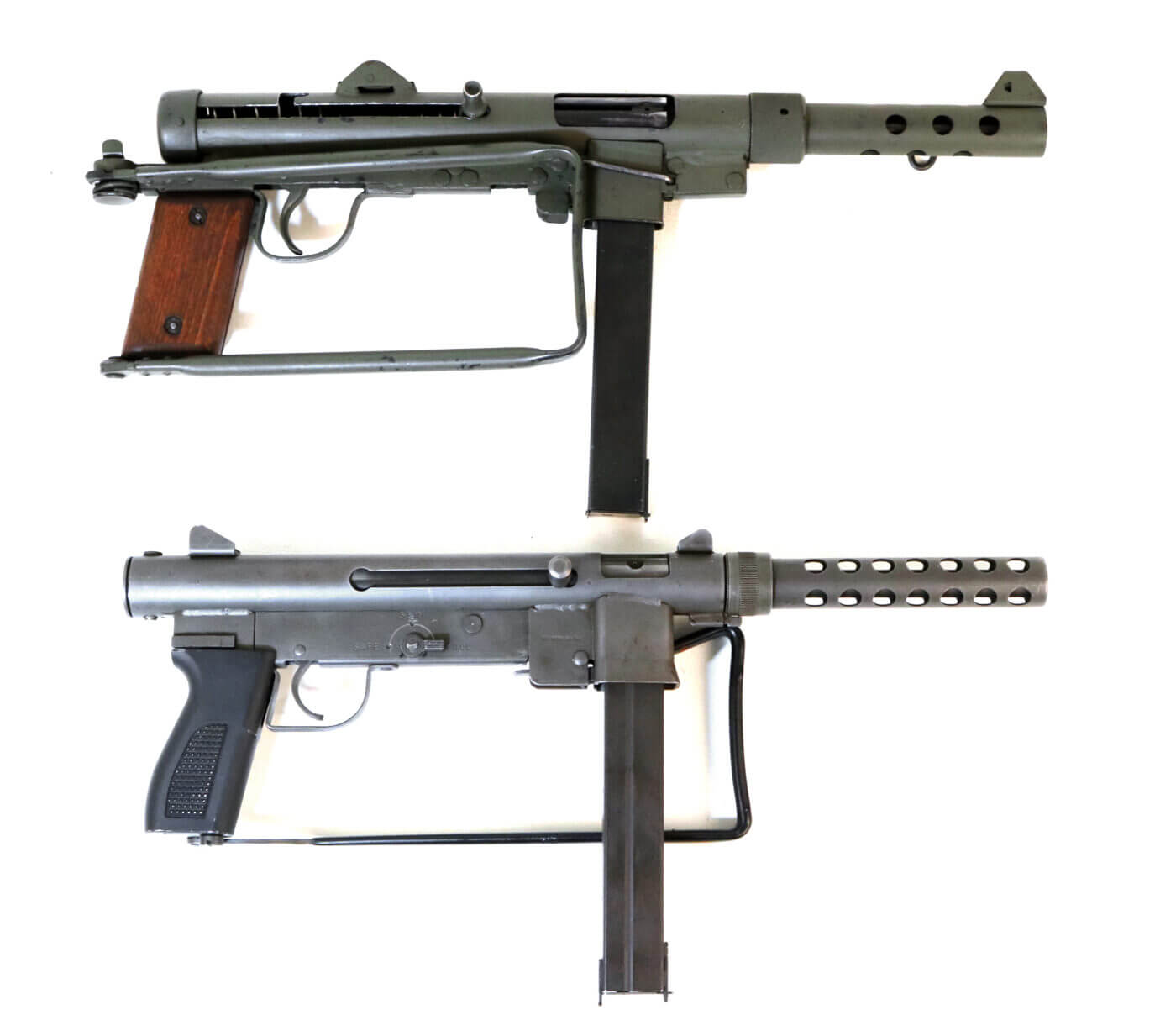
TheAmerican-made M76(bottom) was designed as a replacement for the Swedish K after an arms embargo restricted access.
Had it not been for his weird Swedish subgun, theyd all six be dead.
The Swedish K
TheKulsprutepistol m/45aka Carl Gustav M/45 was a conventional submachine gun with very unconventional origins.
The gun saw limited use with American special forces and Navy SEALs during the Vietnam War.
In U.S. Military service, the m/45 was called the Swedish K or K Rifle.
Sweden strove mightily to remain neutral throughout World War II, while the rest of the planet burned.
Desperate to eschew involvement, tiny little Sweden had to remain as prickly as possible.
To avoid the appearance of partiality, the Swedes frequently had to develop their own weaponry.
TheSten,MP40,M3 Grease Gun, andPPShwere all built around a pressed or drawn steel receiver.
This kept production costs low while still yielding a rugged chassis.
Johnssons similar tubular steel receivers could be pressed out in bulk by semi-skilled workers.
The 36-round box magazine for the Swedish K is one of the best ever produced.
The magazine release is a thumb-activated lever oriented behind the magwell.
All involved respected the inherent firepower of the Russian PPSh equipped with its 71-round drum.
Thusly equipped, the Swedish K does indeed pack a lot of bullets.
However, with the drum in place the gun maneuvers like Jabba the Hutt navigating a corn maze.
Details
The Swedish K is of thoroughly conventional design.
The gun is full-auto-only and fires from an open bolt.
The guns sole safety is a slot cut into the receiver to hold the bolt to the rear.
For some reason the pistol grip on the K is absolutely enormous.
I have big long monkey fingers, and I can barely reach around the thing.
Very basic wooden slab grips keep the bare steel comfortable.
The front sight is adjustable for windage, while the rear sight is flip adjustable for elevation.
Both are heavily fenced.
The side-folding stock is both rigid and effective.
A safety lock ensures that the stock will not collapse unexpectedly.
To deploy the stock, just give it a snatch.
To collapse it you press the release catch and then fold it to the right.
The barrel and its shroud are easily removed without tools.
A sound-suppressed barrel assembly can therefore be easily exchanged for the standard sort.
The bolt on the Swedish K is absolutely massive, and its associated travel fairly prodigious.
This results in a very pleasant rate of fire of around 550-600 rpm.
Id personally sooner not try that myself.
The Swedes instigated a weapons embargo against the United States in 1966 to protest the war in Vietnam.
In response, the U.S. Military reached out to American industry for a replacement.
The result was the M76, a similar but still substantially dissimilar weapon.
Most everything about the M76 is a little bit sleeker than its Swedish forebear.
However, in my experience the M76 is not nearly so robust.
In the end none of that mattered.
Those who ran the K Rifle in Vietnam, however, absolutely loved the thing.




